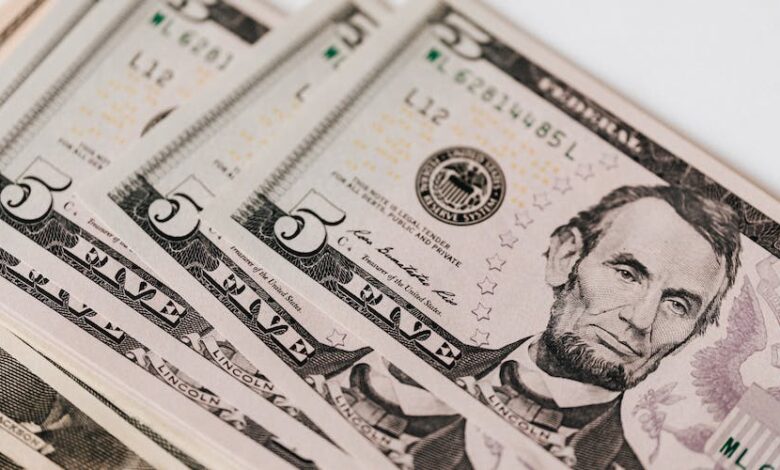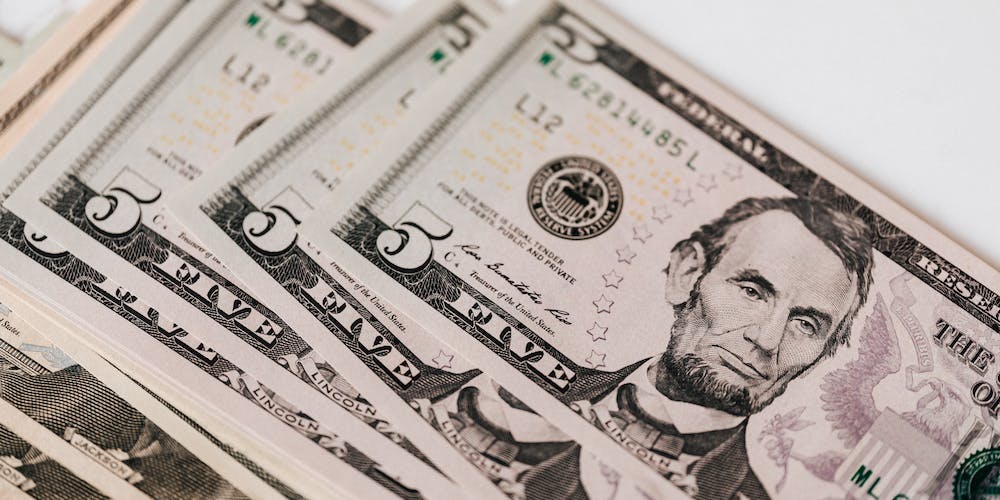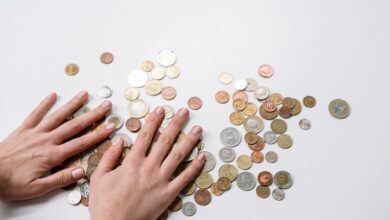Understanding the 100 Dollar Rate in Pakistan A Comprehensive Guide


If you’re planning to visit or invest in Pakistan, one of the crucial questions you may be asking yourself is, “What is the current 100 dollar rate in Pakistan?” The exchange rate between the US dollar and Pakistani rupee can have a significant impact on your purchasing power, investments, and financial decisions. In this guide, we’ll explore everything you need to know about the 100 dollar rate in Pakistan, including its history, factors that affect it, and its impact on the economy.
What is the 100 Dollar Rate in Pakistan?
The 100 dollar rate in Pakistan refers to the current exchange rate between the US dollar (USD) and Pakistani rupee (PKR). Put simply, it’s how much PKR you’d get for one USD. As of today, July 26th, 2023, the 100 dollar rate in Pakistan stands at PKR 18,500. However, it’s essential to note that exchange rates are highly volatile and can fluctuate significantly over time.
History of the 100 Dollar Rate in Pakistan
Pakistan gained independence in 1947, and until the late 1980s, the Pakistani rupee was pegged to the US dollar at a fixed rate. However, due to economic struggles and excessive borrowing from international lenders, Pakistan had to devalue its currency multiple times throughout the decades.
In 2018, the US dollar reached an all-time high against the Pakistani rupee, with the 100 dollar rate in Pakistan crossing PKR 140. The devaluation was primarily due to a growing trade deficit, political instability, and dwindling foreign reserves.
Factors Affecting the 100 Dollar Rate in Pakistan
Several factors can impact the 100 dollar rate in Pakistan, including:
Political Stability
Pakistan’s political situation has been unstable for years, and the country has gone through multiple military coups and political crises. Political instability can affect investor confidence and foreign investments, leading to a decline in the PKR’s value.
Trade Deficit
Pakistan imports more goods than it exports, leading to a significant trade deficit. A higher demand for foreign currencies to pay for imports can lead to a decline in the PKR’s value.
Interest Rates
Higher interest rates on Pakistani government bonds can attract foreign investors, increasing the demand for PKR and strengthening its value.
Fiscal Deficit
Pakistan’s fiscal deficit arises when the government spends more than it earns. This leads to excessive borrowing from international lenders, putting pressure on the PKR and decreasing its value.
Inflation
Inflation erodes the purchasing power of a currency and can lead to a decline in its value. High inflation rates in Pakistan can lead to a weaker PKR.
Impact of the 100 Dollar Rate in Pakistan on the Economy
The 100 dollar rate in Pakistan can have a significant impact on the country’s economy, including:
Imports and Exports
A higher exchange rate means that imported goods become more expensive, leading to higher prices for customers. On the other hand, exporters benefit from a weaker currency as their products become cheaper for foreign buyers.
Inflation
A weaker PKR can lead to higher inflation rates, making essential goods more expensive for the public.
Debt Repayment
Pakistan has borrowed heavily from international lenders over the years. A weaker PKR means that the country needs to pay back more in foreign currency, putting pressure on the government’s finances.
FAQs
Q1: Will the 100 dollar rate in Pakistan continue to rise?
Ans: Exchange rates are highly volatile and can fluctuate significantly over time. It’s challenging to predict future exchange rates with certainty.
Q2: What’s the best way to convert USD to PKR in Pakistan?
Ans: You can convert USD to PKR at banks, exchange houses, or through online currency exchange platforms. It’s best to compare rates and fees before making a transaction.
Q3: How does the 100 dollar rate in Pakistan affect overseas Pakistanis?
Ans: Overseas Pakistanis who send money back home will get more PKR for their USD if the exchange rate is favorable. On the other hand, a weaker PKR can lead to higher remittance costs.
Q4: What’s the current trend of the PKR against major currencies like GBP and EUR?
Ans: The PKR has been weakening against major currencies due to economic struggles and political instability.
Q5: Can the Pakistani government intervene to stabilize the PKR’s value?
Ans: The Pakistani government can intervene in the foreign exchange market by buying or selling foreign currency reserves to influence the PKR’s value. However, this may not always be effective in the long term.
Conclusion
The 100 dollar rate in Pakistan can have a significant impact on various aspects of the economy, including imports and exports, inflation, and debt repayment. Several factors, includingpolitical stability, trade deficit, interest rates, fiscal deficit, and inflation, can affect the 100 dollar rate in Pakistan. As an investor or visitor to Pakistan, it’s essential to keep an eye on exchange rates and their potential impact on your financial decisions.
While it’s challenging to predict future exchange rates with certainty, understanding the factors that contribute to the PKR’s value can help you make informed decisions. Additionally, comparing rates and fees at various currency exchange services can help you get the most out of your money.
Overall, the 100 dollar rate in Pakistan is a crucial aspect of the country’s economy, and staying informed about its fluctuations can help you navigate financial decisions effectively.




